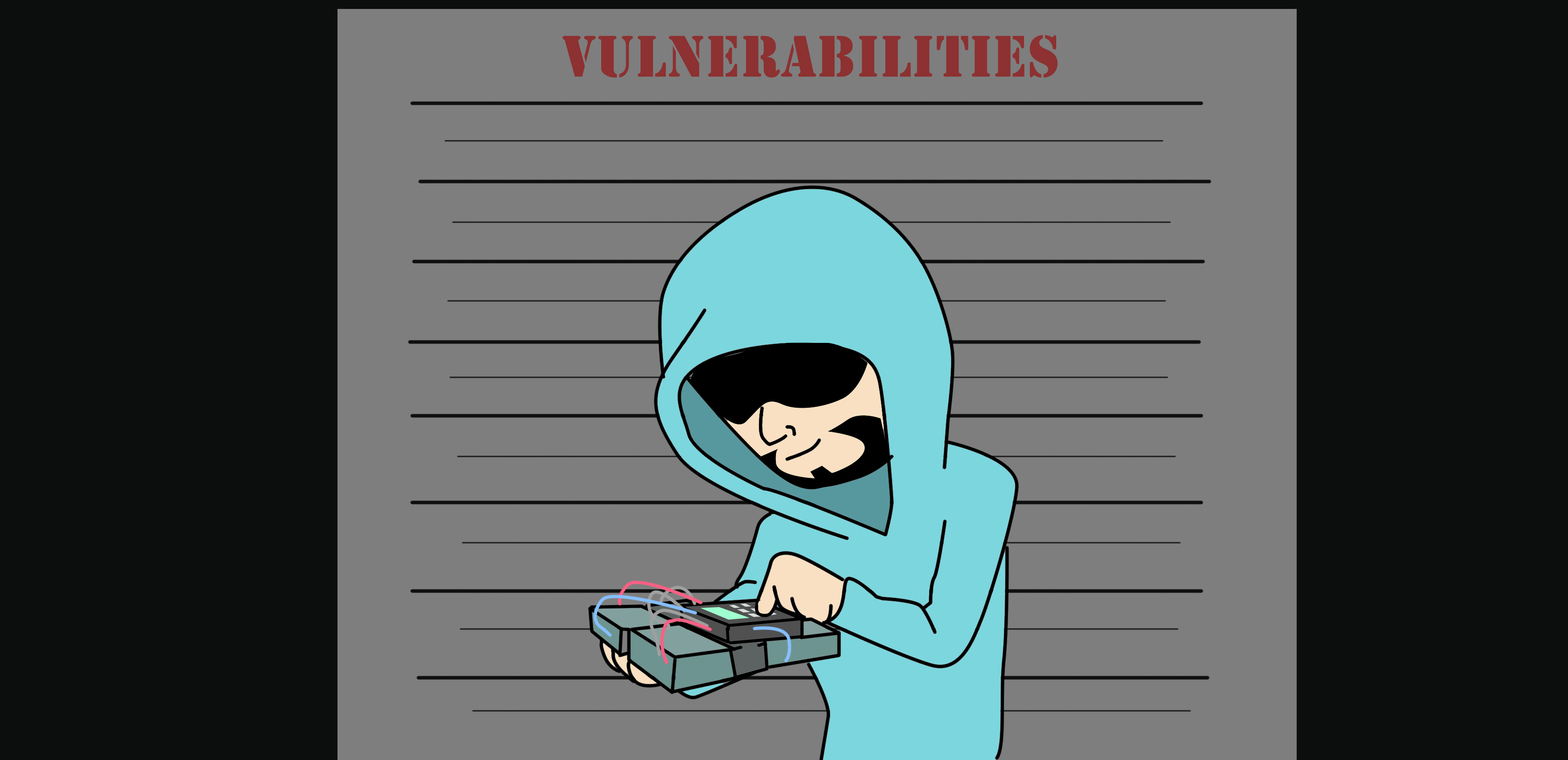Vulnerabilities in SSL & TLS :- RC4 Byte Biases
16 Jan 2022, 1:30 p.m.
9 Feb 2022, 7:25 p.m.
01:00 minutes

In this article, we will look into CVE-2013-2566, also known as RC4 Byte Biases. The RC4 algorithm, which is used in the TLS and SSL protocols, has many single-byte biases, making it easier for remote attackers to carry plaintext-recovery attacks by statistically analysing ciphertext in a large number of sessions that use the same plaintext.
Main Points
- The RC4 algorithm has many byte biases (certain bytes are more (or less) likely to appear than others).
- An attacker can use byte biases to recover plaintext bytes at known locations (such as a session token within a cookie) upon encrypting the same plaintext many times and monitoring the ciphertext.
- This attack requires generation of large data volumes.
- It is somewhat impractical but highlights a significant flaw within RC4.
Quick Reference
Description
The RC4 algorithm, which is used in the TLS and SSL protocols, has many single-byte biases, making it easier for remote attackers to carry plaintext-recovery attacks by statistically analysing ciphertext in a large number of sessions that use the same plaintext.
Name
RC4 Byte Biases
CVE Number
CVE-2013-2566
Type of Vulnerability
CBC decryption vulnerability
Affected
Connections supporting RC4
Remediation
Disable support for RC4 algorithm.

